David Hume Kennerly’s address to the Commencement and SBS Convocation, 2021 graduating class of the School of Social Sciences & Behavioral Sciences, “The People College” at the University of Arizona, Tucson, December 17, 2021
What an amazing group!
Congratulations to the graduating Class of 2021. You have survived and triumphed over our ongoing Covid nightmare, and from the looks of it have not only emerged intact, but raring to get on to the next step.
I wouldn’t be standing here today if it wasn’t for University of Arizona president Dr. Robert Robbins the driving force behind the university’s acquisition of my archive for the Center for Creative Photography, the CCP. I’m assuming that also makes me an official Wildcat, but I don’t want to be presumptuous. Your most excellent leader Dean John Paul Jones III has become a dear friend and invited me to speak today. Depending on how this goes you may or may not want to thank him.
It’s a real pleasure to speak to you. I’ve had my fair share of significant moments, but none of them include a college graduation, so each of you has already surpassed my academic achievements!
My dear friend Ansel Adams was co-founder of the CCP, I hope you know that his archive is right here on campus. I was privileged to take his portrait for the cover of TIME.

He is the first and only photographer to be featured there. Ansel was also a philosopher. He said, “You don’t make a photograph just with a camera. You bring to the act of photography all the pictures you have seen, the books you have read, the music you have heard, and the people you have loved.”
I thought I would share this with you because Ansel’s words apply not only to photography, but to life.
After graduating from high school in 1965 the world was changing in ways I couldn’t imagine.

I felt compelled to tell my generation’s story with my weapon of choice--a 35mm camera. That desire to document turned into a life-long journey that has (so far) produced hundreds of thousands of photos. I’ve photographed 11 presidents, traveled to more than 100 countries, been in several wars, saw the horror of Jonestown, and have produced movies and documentaries.

I’d like to pass along some wisdom from my dad, O.A. “Tunney” Kennerly who was a traveling salesman.
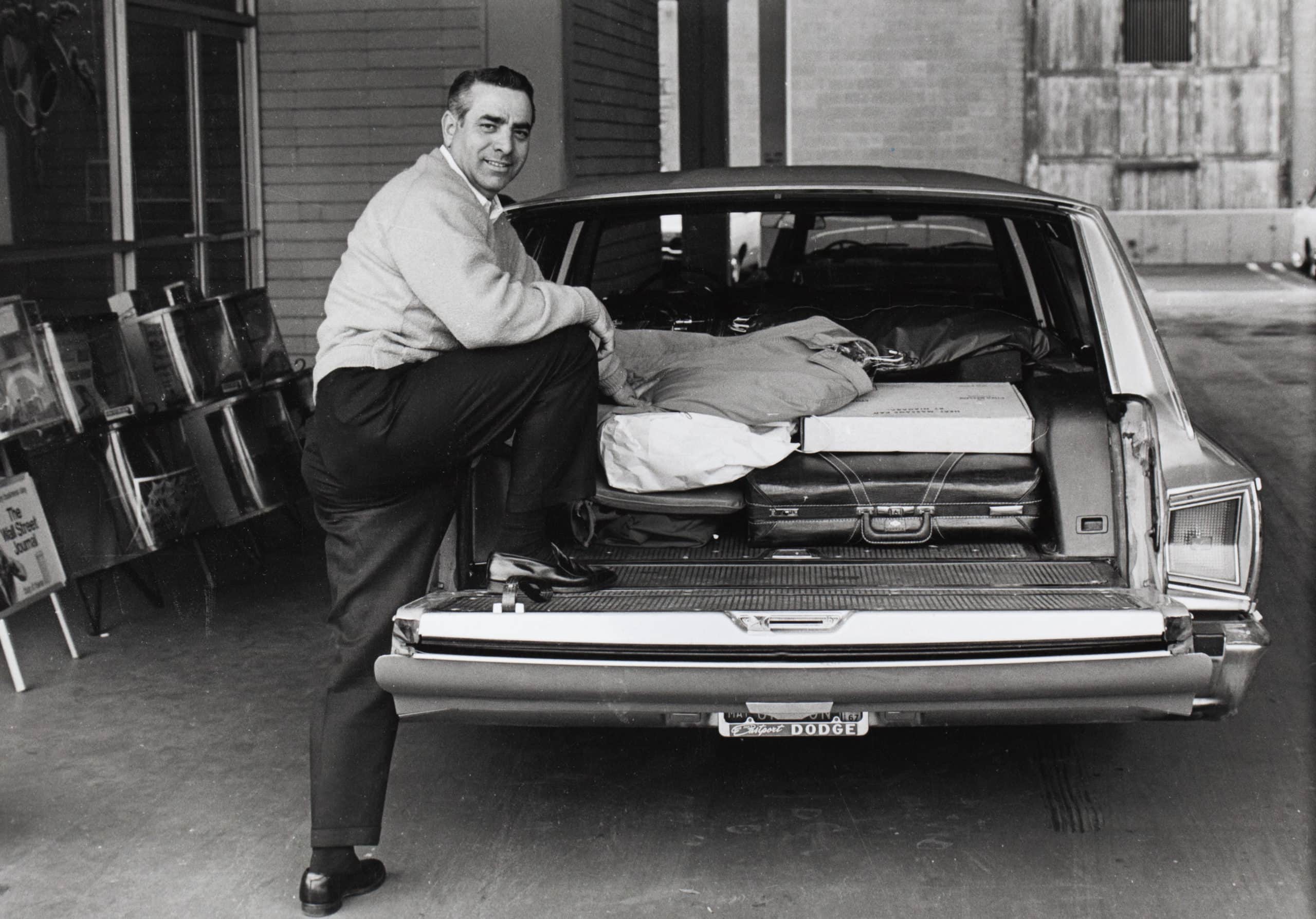
During his life he sold everything from plastic garden tools to automobiles. As a youngster I accompanied him around my home state of Oregon watching him sell people things they didn’t really need, or at least didn’t know they needed! One bit of advice he shared with me was, “If you want to get along with people don’t discuss politics or religion.” That advice might be more pertinent now than ever.
Observing Dad in action helped me understand his real secret. He was selling himself first. He put people at ease and made them laugh. Tunney was a genuine individual who liked his fellow humans and they liked him back. And bought his stuff.
His example helped me get behind closed doors with my camera.

I became very good at convincing (selling) politicians and others on the idea of letting me into their lives to document their important work and to photograph them in genuine moments.
One of my earliest assignments as a 19-year-old cub newspaper photographer was covering Sen. Robert Kennedy’s visit to Portland. I set off on that mission with words from the managing editor ringing in my ears, “Don’t screw it up, kid.”

I arrived at the Portland Labor Hall where Kennedy was going to speak. It was so crowded I couldn’t get in. But I had to or possibly lose my job. I spotted a photographer who was travelling with Kennedy. I asked him, ‘How do you get through all these people?’
He was Bill Eppridge of LIFE Magazine, one of the world’s best. Sensing my panic he said, “Grab onto my coat.” He zigzagged through the crowd and deposited me right up on the stage. He added, “This is the best angle.”
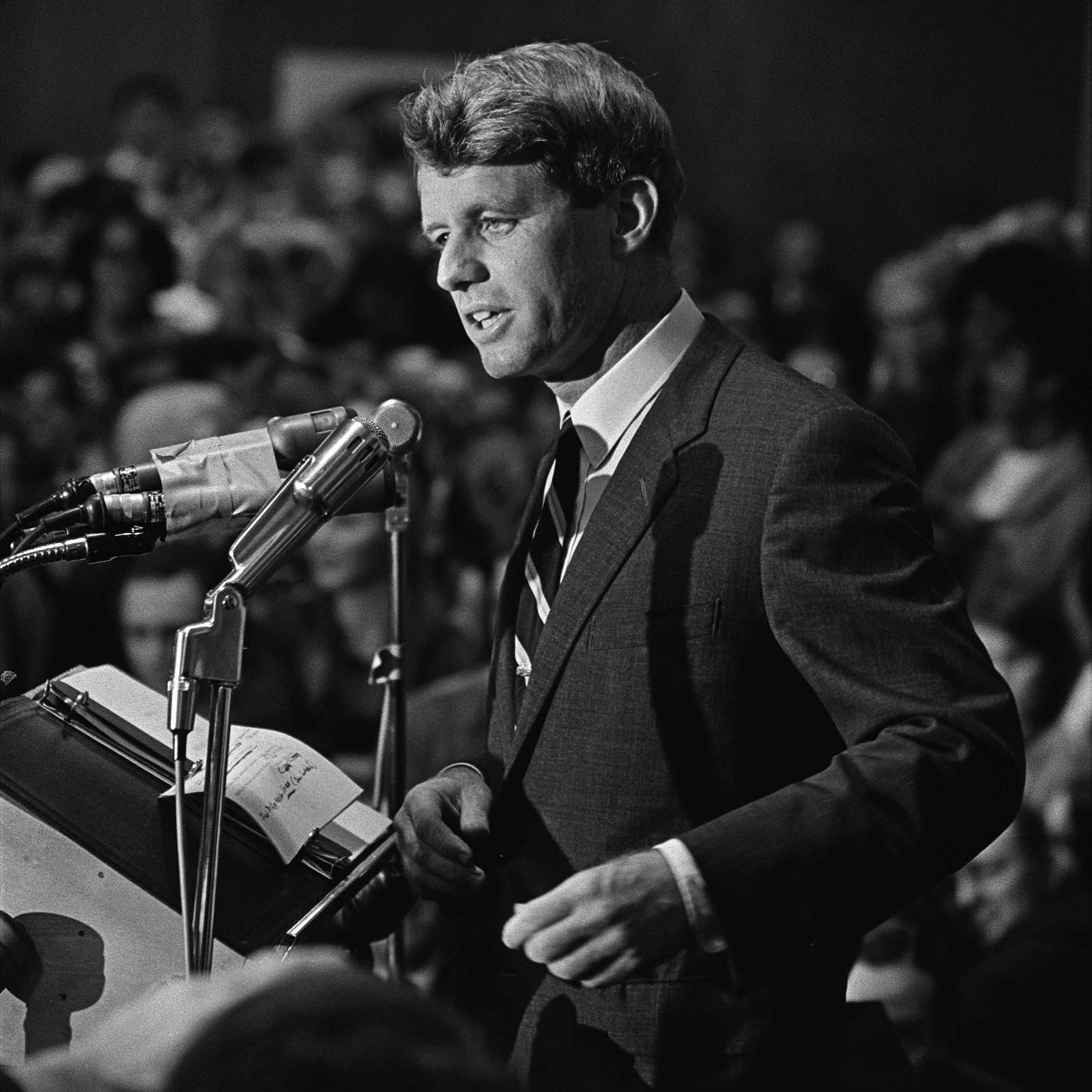
It was also a career saver! This image that I made of Kennedy is still one of my most meaningful pictures.
Afterwards I followed the senator and his entourage out to the airport. RFK plunged into the cheering crowd then he dashed up the airplane’s steps.
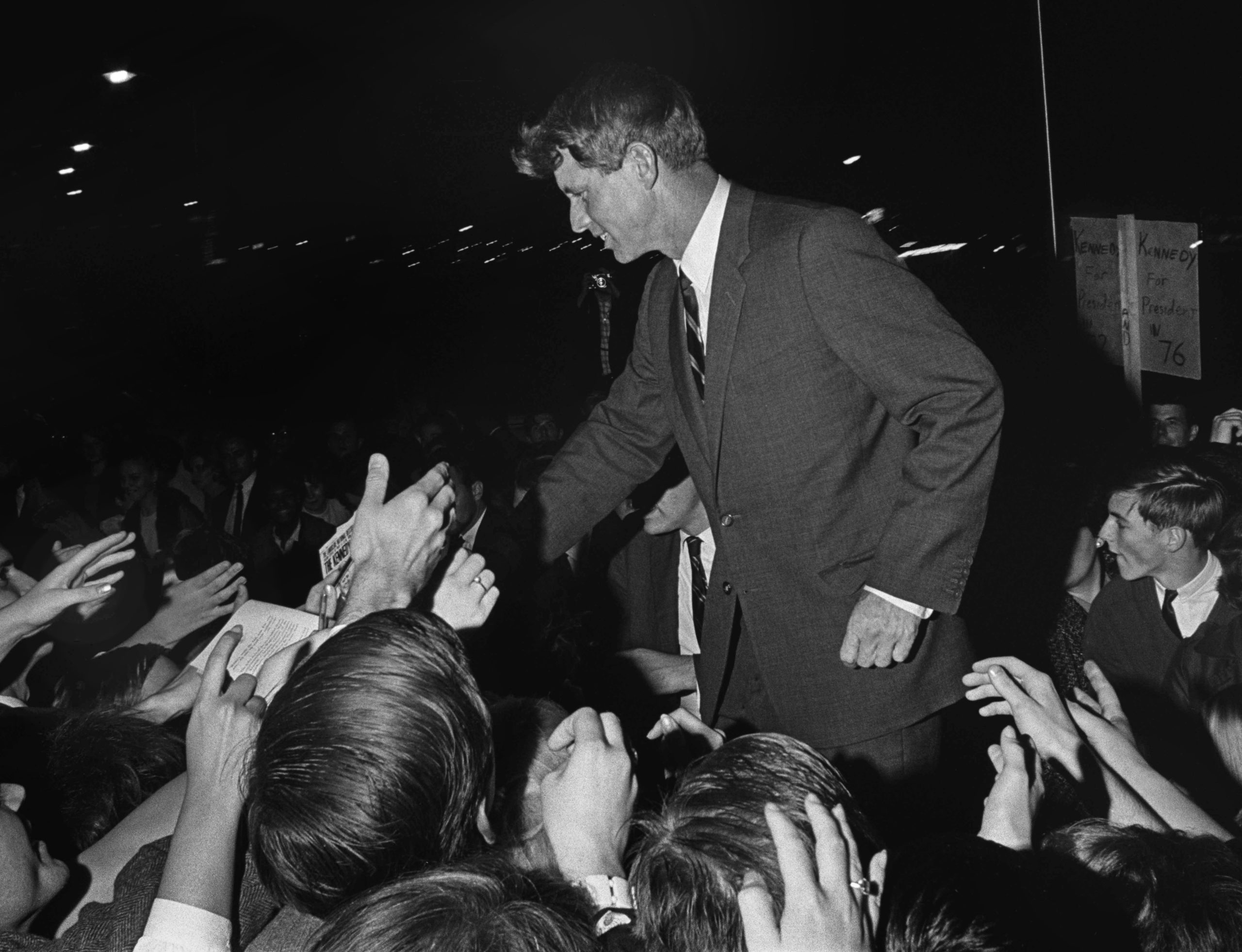
But that’s not what rang my bell. THE moment, the one that’s so clear to me even now, was when Bill Eppridge followed Kennedy, stood on the top of the plane’s stairs then spotted me in the crowd. He flashed me a wink and a smile then turned and disappeared inside the plane. The door closed behind him, and the aircraft taxied out and took off into the night.
I was overwhelmed with emotion. Why? I wanted to be on that plane, to go where history was being made and to photograph the people making it. My path was suddenly clear. I would run away and join the political circus. (Full circle note: I was right here on campus with him in 1968 when he made a campaign stop).
We’re all here because someone pointed us in the right direction. Somebody cleared away obstacles--or let us hang onto their coat. You haven’t had to walk alone. With luck you’ll run into compassionate and inspiring people like Bill Eppridge who will bless you with their drive, expertise, and most of all kindness.

A few months before Bill died I was able to thank him for helping me find my way. It’s hard to express how important that was for me.
As I was coming up through the ranks of photographers I had no idea what decades of my pictures might reveal. I never thought I would make it this far, and there were so many times when I almost didn’t. Overcoming fear to do my job was essential, but trust me, it didn’t make me less scared on occasion!

Getting the shot and telling the story is what drives me. An example is a picture that I took in Vietnam of a lone soldier carefully picking his way across a devastated hillside.

I saw him coming from across the way and moved to position where I could frame him through some shattered trees if he stayed on his path. I prayed he would hold that course. He did. That photo became the centerpiece of my Pulitzer Prize-winning portfolio of pictures I took in 1971.
So be patient. Wait for it. Think ahead. And most important don’t give up. You never know what might come next!
Another Tunney Kennerly saying was, “If you don’t ask, you don’t get.” People can’t read your mind. They don’t know what you want. It’s a tough choice because you might rightfully believe that an opportunity could disappear if you push too hard for it. So what? Take a chance. Even if the person you’re talking to is the President of the United States!


I was on the South Lawn of the White House lawn as Richard Nixon departed in disgrace after resigning the presidency. He was the first and last president to do that.
Two hours later Gerald R. Ford was sworn in as the nation’s 38th president.
I had covered him for TIME Magazine while he was the vice president, and then watched him go right into presidential history.

I got along well with the vice president. He liked me and my pictures. I suspected he might ask me to become his chief photographer, but I wasn’t sure that I wanted the job.
Nixon’s photographer’s legacy was a rough road. He had extremely limited access to his boss, and his photographs showed it. History was not well-served and even though it wasn’t his fault he missed critical moments. There are few photos that show Nixon’s handling of the Vietnam War and the Watergate cover-up that brought him down. I could not and would not work under those restrictive conditions.
That night President Ford and I sat in his living room. He popped the question.
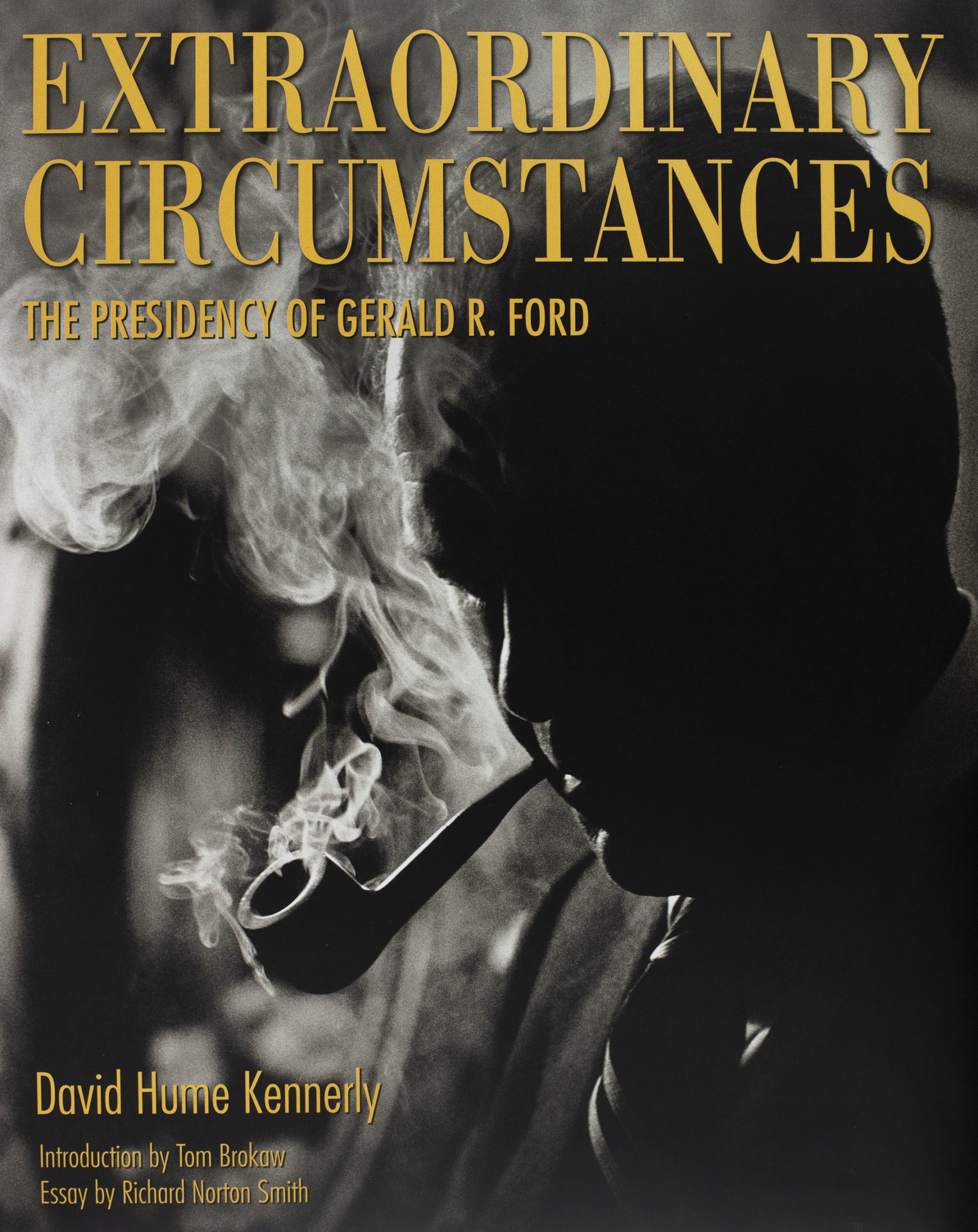
Would I like to be his personal photographer?
I told him I had misgivings and why. Then looked him right in the eye and said, “Mr. President, I would love to take the job, it would be an honor, but I have two conditions: I report directly to you AND have total access to everything going on in the White House.” (To this day I still can’t believe those words came out of my mouth). President Ford appeared slightly flummoxed and stopped smoking his pipe. I thought, “OK, I blew that one.” Then he laughed, and said, “You don’t want Air Force One on the weekends?”
Hallelujah! I hadn’t blown it.
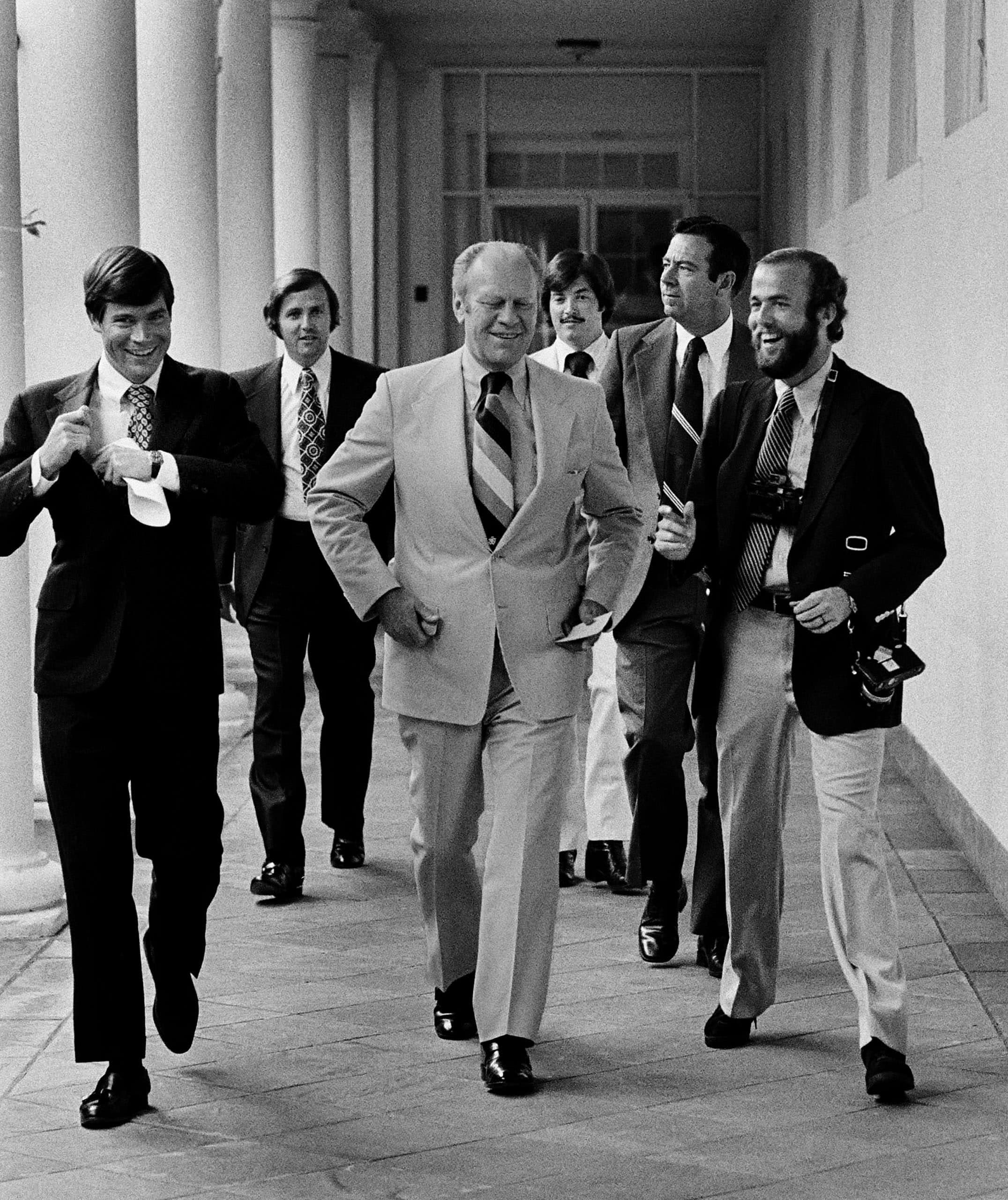
I didn’t have to call my parents to tell them that the president offered me a job but I told him to shove it. Ford understood that my wanting to always be “in the room” came from my desire to document his presidency from all angles – to create a visual record for history and that I didn’t want to miss anything.
The Ford presidency was one of my most rewarding and exciting assignments.

I faithfully, objectively, and I hope accurately, documented every moment of history that I could – and history happened 24/7 for the next two-and-a-half years. And yes, I spent hundreds of hours on Air Force One—but only when the president was on board!

Documenting history since the 60s has given me a unique perspective of our proud and imperfect nation. We are a place of heroes, villains, and those in between. But I remain an optimist.
No matter how powerful the lens, one person can’t capture it all. I believe my life's work can inspire confidence in our ability to improve as a people. It can also be a sobering reminder of how often we screw things up.
With luck my pictures will motivate a new and diverse generation (you) to be passionate chroniclers and not impartial observers (unless you’re a journalist, of course!) of our collective experience.
You can all participate in this idea. Whether you’re receiving degrees in American Indian Studies, Anthropology, Geography, History, Law, or any field, you can document your own point of view. There are social media vehicles to do that but more important, keep notes about your work and your unique perspective of the world around you. You’re seeing history every single day, so don’t let it slip away. And by all means, supplement those observations with photos!
The best line in any graduation speech is, “And in conclusion.” Here it is:
A long list of people helped and trusted me along the way. The same goes for you. Look around. You’ll see family, friends, professors, and employers. Thank them for helping you to become the person you are, and for shaping the person you will become. We are all in this together. We’re not flying solo.
Good luck and love to the 2021 graduates of The People College of the University of Arizona. You now have the Wildcat wind at your back, and an incredible journey ahead.
I’m leaving you with one of my favorite photos. I took this on assignment for Bank of America. It even went viral!

This is First Lady Michelle Obama hugging former President George W. Bush at the opening of the National Museum of African American History and Culture and personifies an optimistic note on how we can get along, no matter what gender, color, or political party. I hope it sums up how you feel today.
I love the University of Arizona’s motto: Bear Down!



Leave a Reply
You must be logged in to post a comment.